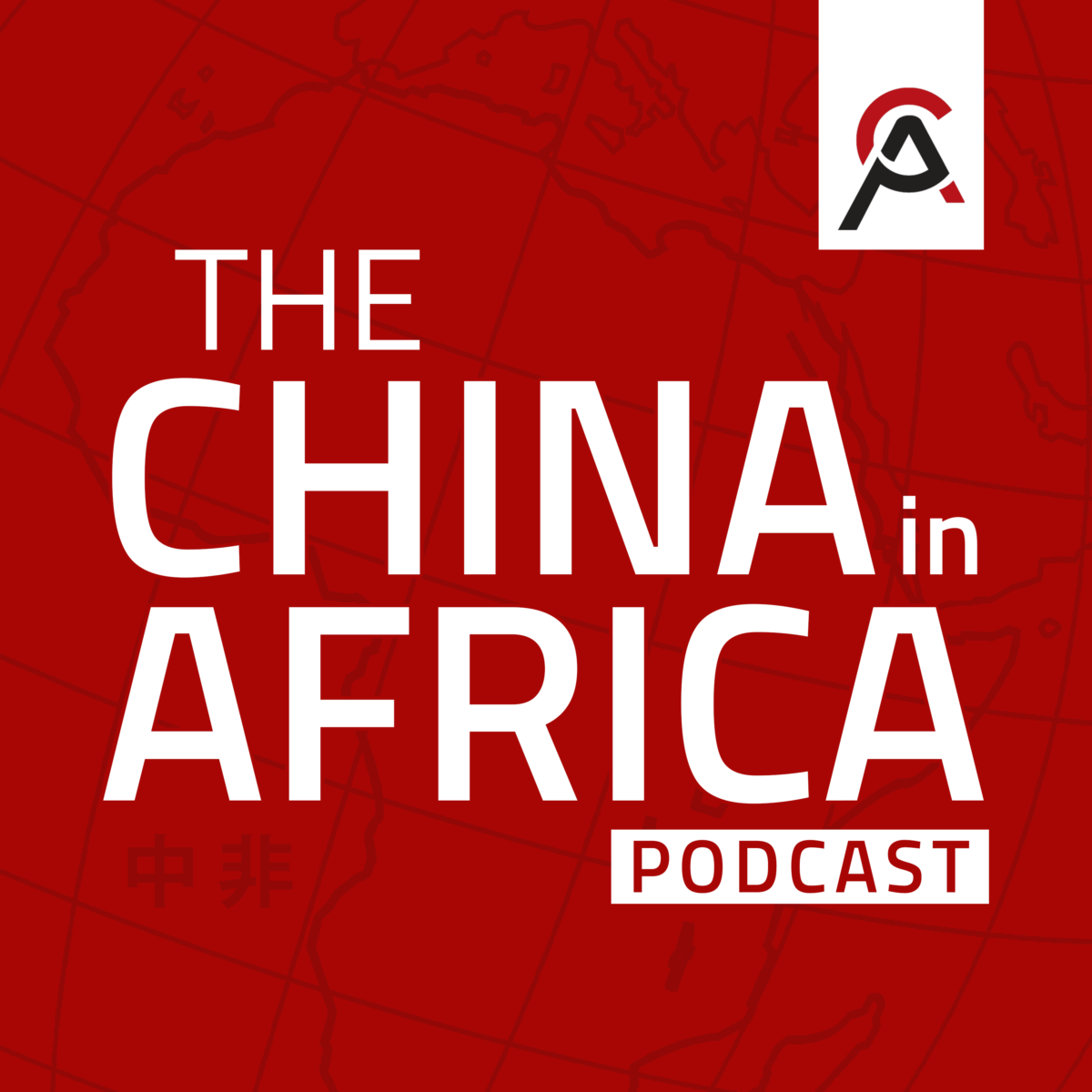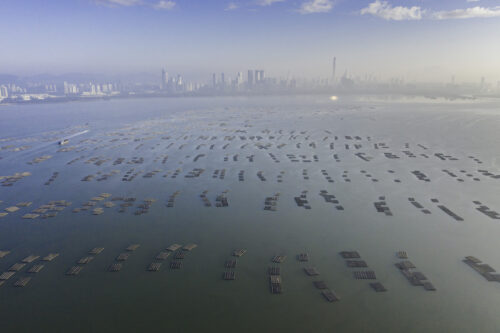The 450-megawatt Souapiti hydroelectric dam in Guinea is scheduled to begin operating this fall and will bring badly needed electricity to one of Africa’s poorest countries.
The dam is one of dozens of similar hydroelectric power facilities that China is underwriting and constructing across Africa. The Souapiti dam, in particular, is being financed via the China Eximbank as part of Beijing’s Belt & Road Initiative and is being constructed by the state-owned China International Water and Electric Corporation (CWE). When complete, CWE will jointly own and operate the plant together with the Guinean government.
While no one disagrees that Africa needs energy, especially in a country like Guinea, where only a small minority of people have access to reliable electricity, construction of dams like the one at Souapiti do come at a high environmental and human cost.
In order to fill the dam’s reservoir, 16,000 people from 101 villages will have to be displaced, according to a recent report by Human Rights Watch (HRW). Although this kind of dislocation is common with any kind of large-scale economic development, the issue here is whether or not those displaced are losing not just their homes, but also access to land, food, and their livelihoods. Another issue is what responsibility, if any, do Chinese stakeholders have when these kinds of mass displacements take place.







